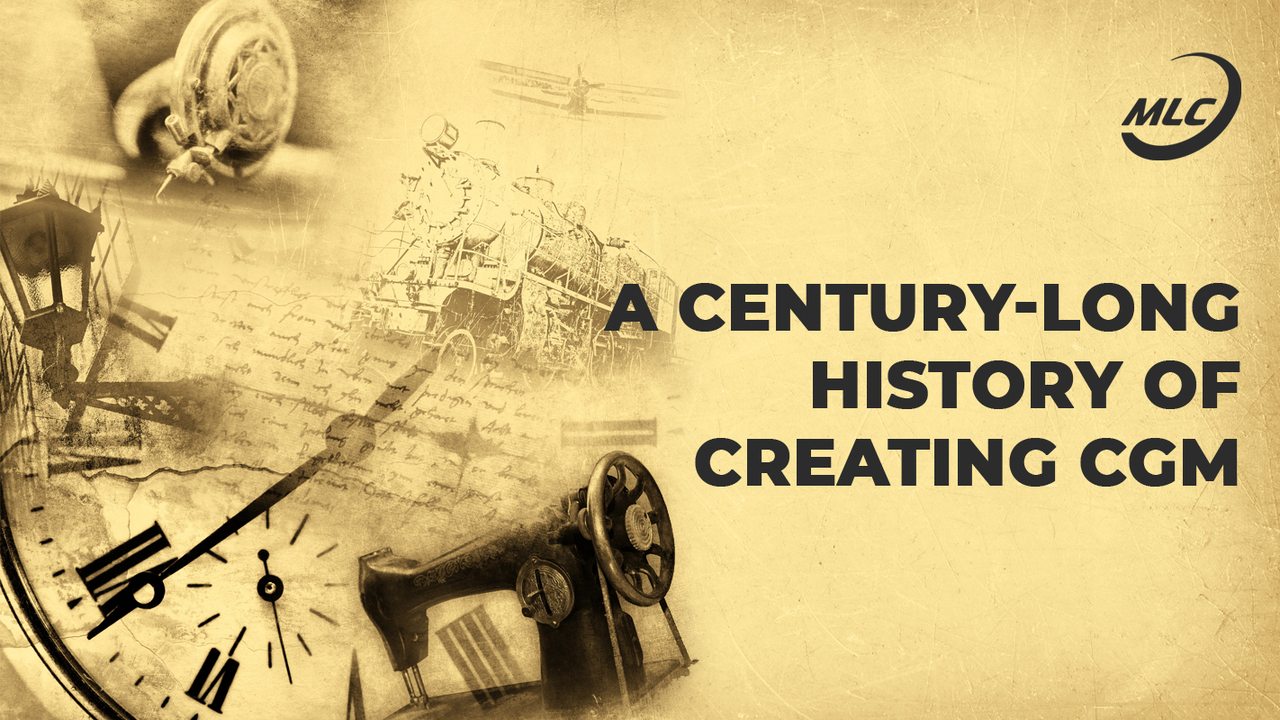The creation of the first glucometer was preceded by a long and complex process. The journey began in the early 1900s with the discovery of various blood components and their functions. Here is a timeline of significant events.
1908 - American chemist Stanley Benedict measures glucose levels using a solution containing copper sulfate and tartaric acid ("Benedict's reagent").
1921 - Tablets and test strips containing Benedict's reagent are produced, but doctors realize that measuring glucose levels in urine gives only approximate results.
1918 - Danish scientists Hans Hagedorn and Johannes Jensen make the first quantitative measurement of blood glucose levels using a color change reaction with various reagents. The Hagedorn-Jensen method is used in laboratories until the 1950s.
Early 1960s - Ernest Adams invents the first blood glucose test strips called Dextrostix, which are evaluated by eye. The measurement is inaccurate and is done solely in clinical settings.
September 14, 1971 - Ames engineer Anton Hubert (Tom) Clemens receives a patent for the first portable device that accurately measures the staining intensity of the Dextrostix strips by applying the reflectometric method.
The device is called the Ames Reflectance Meter and becomes the first portable glucometer. It is sold only to licensed physicians.
1980 - Endocrinologist Michael Miller shares his idea for a lightweight, compact and easy-to-use personal glucometer with entrepreneur Ted Doan at a party. They establish the LifeScan company.
1985 - LifeScan releases the first portable personal glucose meter Glucoscan.
The CGM technology appears almost 100 years after the test strips and replaces them.
We are at the beginning of the era of CGM technology development, which is constantly evolving, becoming more convenient, technological and economical.
Thanks to the constant development of technology, we are planning even more complex and accurate continuous monitoring systems for the future.
With MLC, we are creating the future right now! Join us!





